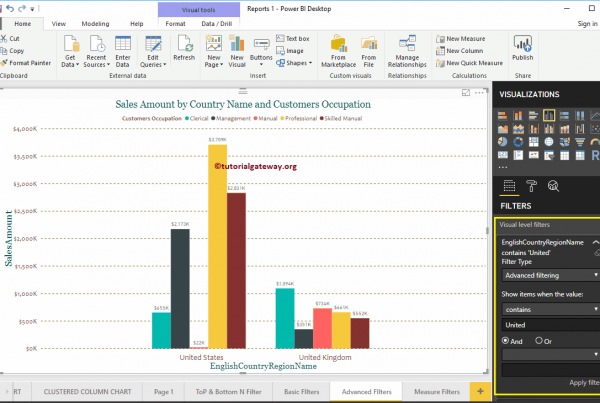The browser model or random browsing provides a basis for calculating the Page Rank algorithm. The model represents the behavior of Internet users and provides a probability that a random user visits a web page. This model is also known as the Random Surfer Model.
Internet user behavior
An Internet user moves through the Internet in two ways. They can enter a URL or use a bookmark to go directly to a web page. Or they can follow a series of successive links until they re-enter a new page. In a random navigation pattern, the link clicked below is assumed to be randomly selected. The content does not matter. At the same time, it is assumed that clicking on another link is not an infinite chain, but that a random user will lose interest in following those links at any given time and visit a new website instead.
Probabilities
The probability that an Internet user is on a particular page can be deduced from the PageRank. The probability that they will follow a given link depends solely on the number of existing links. Thus, the probability that an Internet user visits a page is the sum of all the probabilities with which they have visited the inbound links on this page. Therefore, the web pages that are usually linked are also visited many times and have a high PageRank. This value is still reduced by a factor d. The reason is that a random boater it does not always follow a link indefinitely, but after a certain time it automatically accesses another page. Depending on the probability that the surfer following the links is not broken, d has a value between 1 and 0. The closer that value is to 1, the more likely it is that the link will be followed. The probability that a surfer will visit a new page at random will be calculated with the constant 1-d.
Reality
In fact, a user has a goal and therefore does not move randomly through links across the network. They will only click on a link if they expect to get closer to their goal based on the content of the requested page. Content plays a crucial role. Hence, the random browser model it no longer reflects the reality of today. However, it is a model that can better describe a random user and should help to measure the importance of a web portal. At that time PageRank played an important role for Internet users and SEOs. It could give an indication of how legitimate or valuable a web portal is. But since this model was primarily based on the strength of the inbound links and the content on the landing page was ignored, it is no longer appropriate today. It was feasible for a web portal with little content to receive a PageRank of 6, basically because another web portal with a PageRank of 7 was linked to it. This fact may also be one of the reasons why Google no longer updates PageRank and no longer uses it as an indicator of the quality of a web portal. Ultimately, PageRank was intended for Internet users. Google works with its own scoring system that measures the quality of websites.
Relevance for search engine optimization
Indirectly, the random navigation pattern was important to SEOs for quite some time because it helped establish the PageRank of a web portal. The PageRank again could give an indication of how strong a backlink is. At this time, despite everything, many different criteria are used to establish the quality of a backlink, the random browser model it is simply no longer relevant to search engine optimization. Rather, it provides insight into the early days of the internet, when search engines like Google were looking for a way to establish the quality of a web portal.
Web Links





